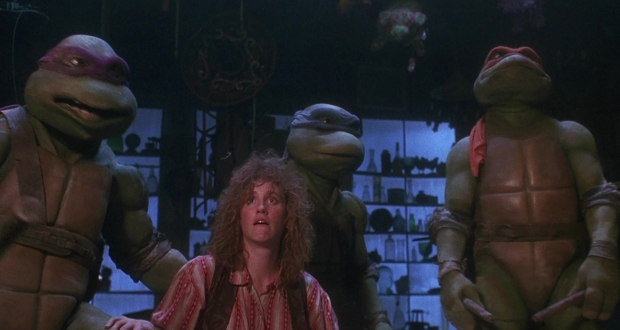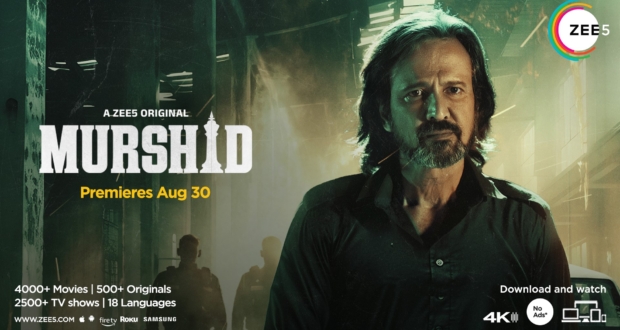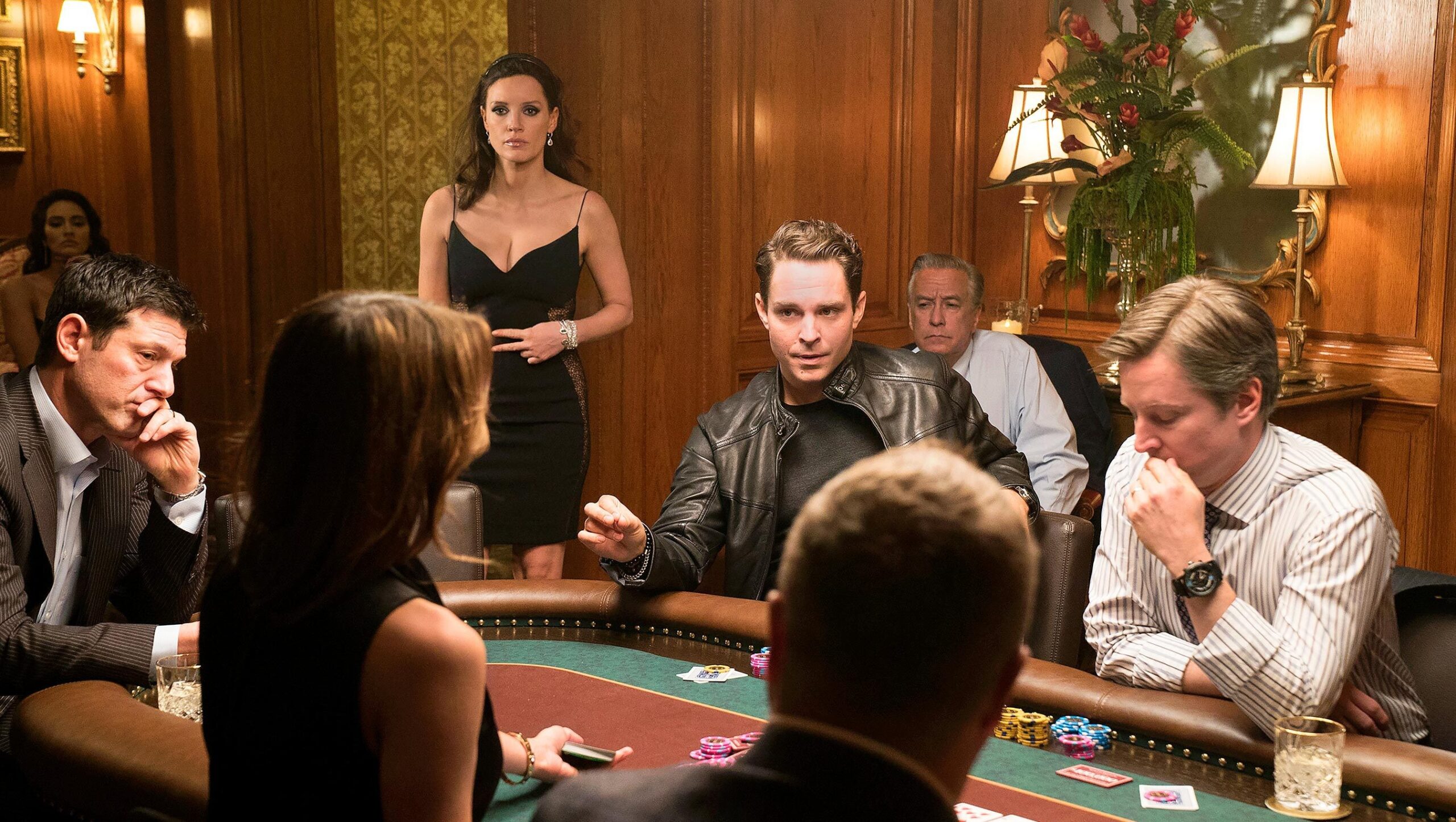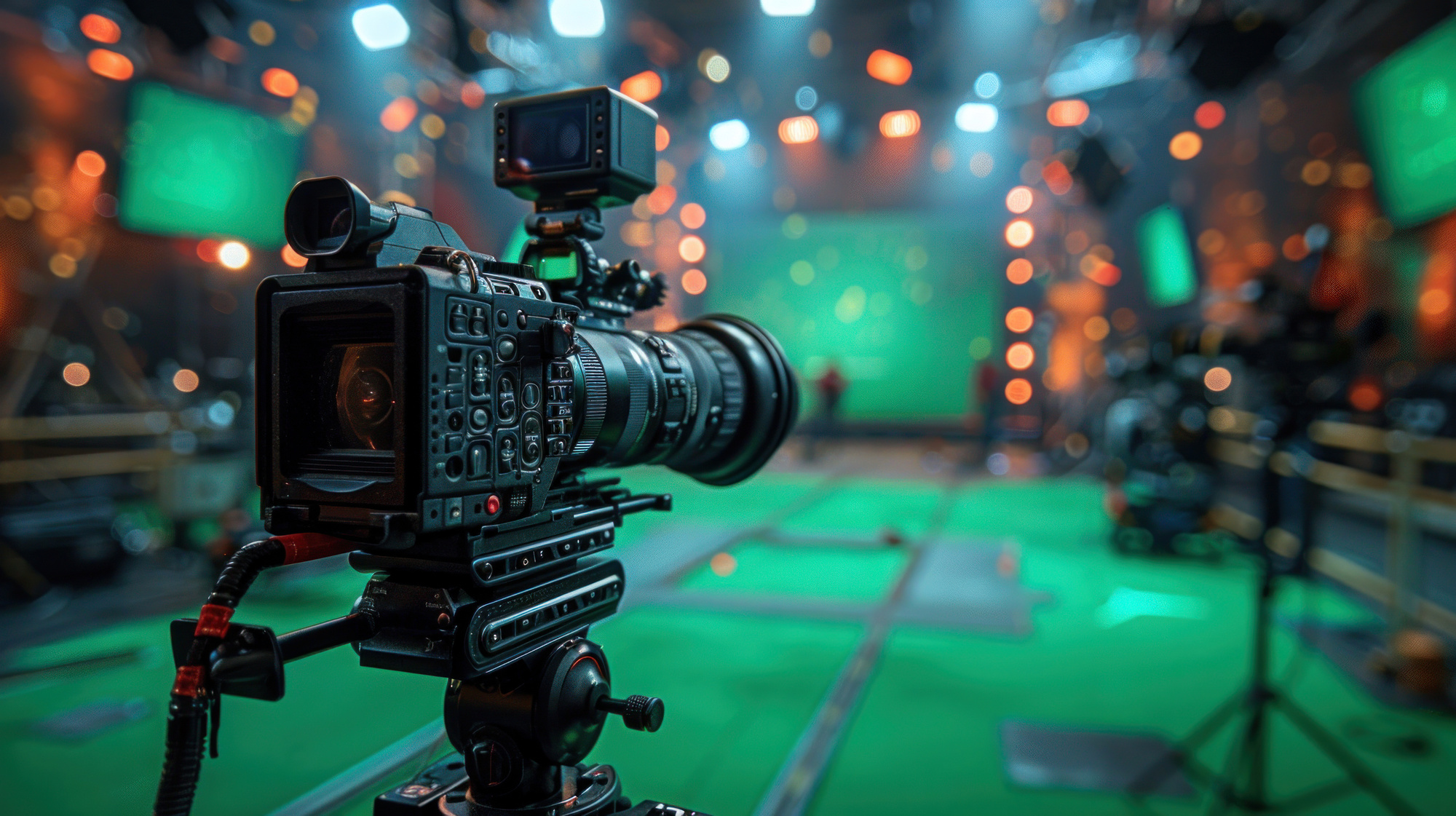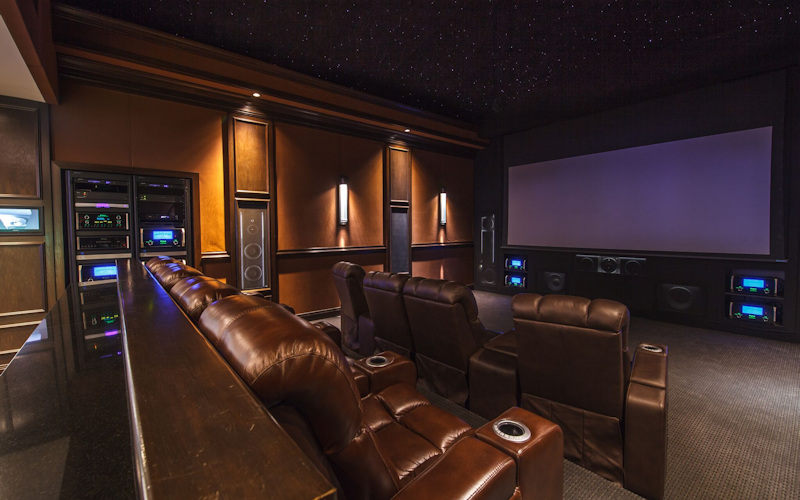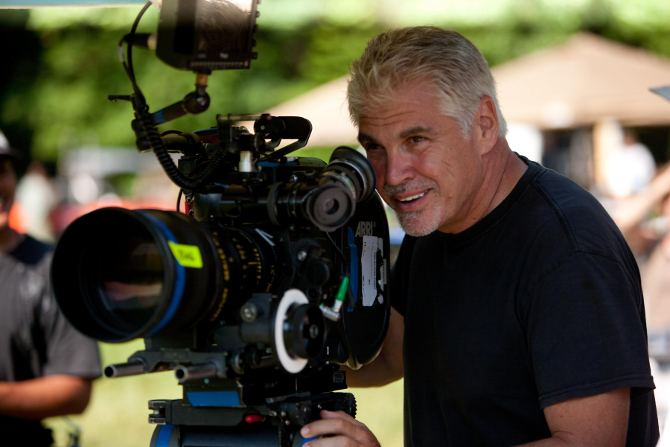Top-quality video content able to win hearts and minds of consumers is in demand among large companies and small but successful businesses. A decent video indicates the company’s status and suggests that a product or service it offers is worth investing in its advertising. Videos serve various purposes, from expanding the consumer network and sales to increasing brand awareness and introducing a new product or person. But what’s behind them? Let’s take a closer look at the video production process.
So, what is video production? Every film undergoes three stages of production process simply called Pre-Production, Production, and Post-Production. And the simplest video production definition would be “everything that happens with a video during these stages.”
Each of those phases requires certain skills and resources, but the main phase of production is the first one. Just as a house must stand on a solid foundation, for a video, a flawless script and plan are everything. PMI Digital also does video production Pittsburgh and understands this process. With great care and a certain degree of novelty, these two elements will serve as a solid basis.
Naturally, video content creation is much more complex than just three stages. Cinema-Friends will guide you through every aspect of film production process steps to show what makes videos bright and catchy.
The Pre-Production Phase
Here’s what the main pre-production stages look like:
- Defining the goals and objectives of a future corporate or commercial video;
- Selection of the concept according to those goals;
- Writing a script that would correspond to the concept;
- Calculation of production costs, taking the concept and script into account;
- Storyboarding;
- Location scouting;
- Casting;
- Selection of costumes and props.
The pre-production process starts with polishing the script and making it understandable for consumers. At this stage, the director and production team discuss the project and form a vision of the video’s overall style which is then provided to the customer along with the script, containing images, videos, sound files, and so on. If needed, the client uses a video maker to make some edits. After it’s accepted, the production team prepares a storyboard that reflects what the viewer will see frame-by-frame and shows a schematic of camera movement. A detailed storyboard spares the film crew a lot of trouble during shooting, which, in turn, will save more time during the video editing process. Another useful tool that can be utilized is ai text to video.
Before the video pre-production process can continue, the studio scouts 3-4 locations that fit for shooting. The director, together with the cameraman, makes the final choice of location. Then the casting manager gets a detailed description of the types of actors for both main and secondary roles to pick the right actors for the video. Depending on the task set by the client or director, the artist and costume designer select props and costumes for the clip. After that, the process of producing a video reaches the next stage.
The Production Phase
This stage includes final preparations and shooting itself. Here’s how to video production:
- Select the crew and the necessary equipment. In addition to the video production basics (cameras and lighting), you might also need sound equipment, chroma key, etc.;
- Shoot a video in the location you chose, following the script and storyboard.
The entire course of the production stage is controlled by the director and filmmaker through a special monitor. Digital video production also requires an assistant director who would follow the progress, making notes in a workbook. Together with them, professional sound producers, gaffers, make-up artists, and decorators are working on the video. When shooting complex scenes, you might also need stuntmen, professional athletes, and choreographers. Sometimes, when staging video shooting, an additional costumer and artist may be involved in the process of making a video.
Depending on the complexity of the work that needs to be done, the crew, the number of shooting days, the complexity of the scenery, as well as other aspects may vary in the process of producing top content.
The Post Production Phase
So, the job is done, and the video is shot, but you’re still far from the finish straight. Post-Production is the most complex phase since it’s here that the source material turns into the final, finished product. The production crew polishes the video, adds graphics and voice. Here are the main post-production steps:
- Video editing
- Stabilization, framing (if needed)
- Graphics and animation creation (if needed). A promotional video is a well-thought-out product created with realizing specific goals and objectives in mind. So, the video should be spectacular and interesting, and extra animation effects, 2D and 3D graphics boost its chances to attract attention
- Combining the graphics and video in one frame)
- Color correction
- Video dubbing
- Adding extra sounds and music
The basis for the video post-production process is the script. At this stage, minimal client participation is required, as the script already has all the info necessary for the post-production department. First, the video literally gains a voice – the voice of a professional narrator. Then, the team of specialists begins creating the video’s visual part. Next, the musical accompaniment is added, and all the components merge together.
The video is ready. It went through all of the post-production stages, and now it’s ready for the final approval. The next stop is a website (or websites) where the client wants to share the video.
The work on the video should be consistent. To speed it up and preserve the highest quality, Cinema-Friends creates and follows a strict post-production schedule template. Having passed all the steps, the team prepares a complete and effective presentation of the video that describes the client’s product or services in the best way possible.
-
Acting - 0/10
0/10
-
Cinematography/Visual Effects - 0/10
0/10
-
Plot/Screenplay - 0/10
0/10
-
Setting/Theme - 0/10
0/10
-
Watchability - 0/10
0/10
-
Rewatchability - 0/10
0/10

